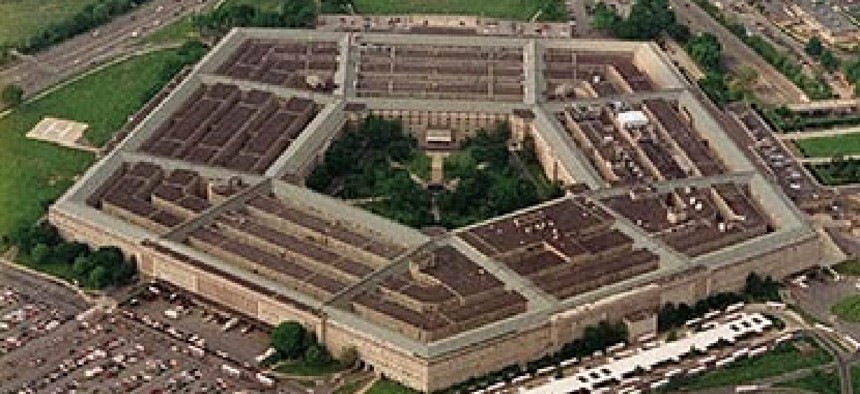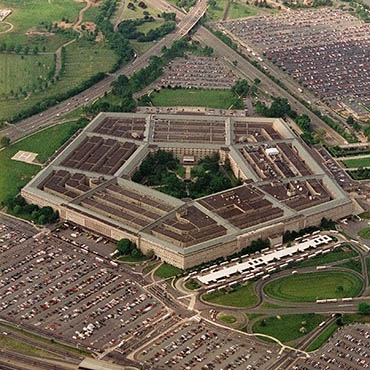Pentagon moves on Windows upgrade

Defense Secretary Ash Carter's office is drafting an "executive action" letter that would help expedite DOD's transition to Windows 10.

Defense Department officials say they are accelerating a move to upgrade DOD devices to the Microsoft Windows 10 operating system to cut costs and improve security.
Defense Secretary Ash Carter's office is drafting an "executive action" letter that would help solidify the transition, which Microsoft said would be the largest enterprise deployment of Windows 10 yet. DOD officials hope to have the letter released across the department in the next couple of weeks, Richard Hale, the department's deputy CIO for cybersecurity, told FCW on Feb. 17.
The vast upgrade will cover some 4 million devices, including laptops, desktops and mobile devices, according to Microsoft. In a blog post, Yusuf Mehdi, a corporate vice president at the company, described the update as an "unprecedented move for a customer with the size and complexity of the DOD."
DOD CIO Terry Halvorsen put the upgrade in motion in a November 2015 memo notifying agencies, military services and combatant commands that they would be expected to start ramping up deployment of Windows 10 in January 2016, with a goal of having all DOD IT systems upgraded by January 2017.
"It is important for the department to rapidly transition to Microsoft Windows 10 in order to improve our cybersecurity posture, lower the cost of IT and streamline the IT operating environment," Halvorsen wrote in the memo.
David Wennergren, former assistant deputy chief management officer at DOD, told FCW that the department is capable of completing the Windows upgrade in a year. He added that DOD employees would be best served by adopting a standard configuration of Windows 10 rather than using one-off solutions for the operating system.
Given the department's varied IT footprint, the upgrade will be uneven, he said. The Navy might have an easier time rolling out upgrades across its Navy Marine Corps Intranet, for example, compared to other organizations with more far-flung networks, added Wennergren, now executive vice president for operations and technology at the Professional Services Council.
On Feb. 17 Microsoft also announced two security certifications with DOD implications: The National Information Assurance Partnership has certified Windows 10 as meeting mobile device criteria, and Microsoft Surface devices are now available through the Defense Information Systems Agency's Unified Capabilities Approved Products List.
In his blog post, Mehdi touted the multifactor authentication Windows 10 offers via facial recognition and fingerprints. At a public appearance earlier this month, Hale said the department has not been sufficiently aggressive in implementing two-factor authentication.


